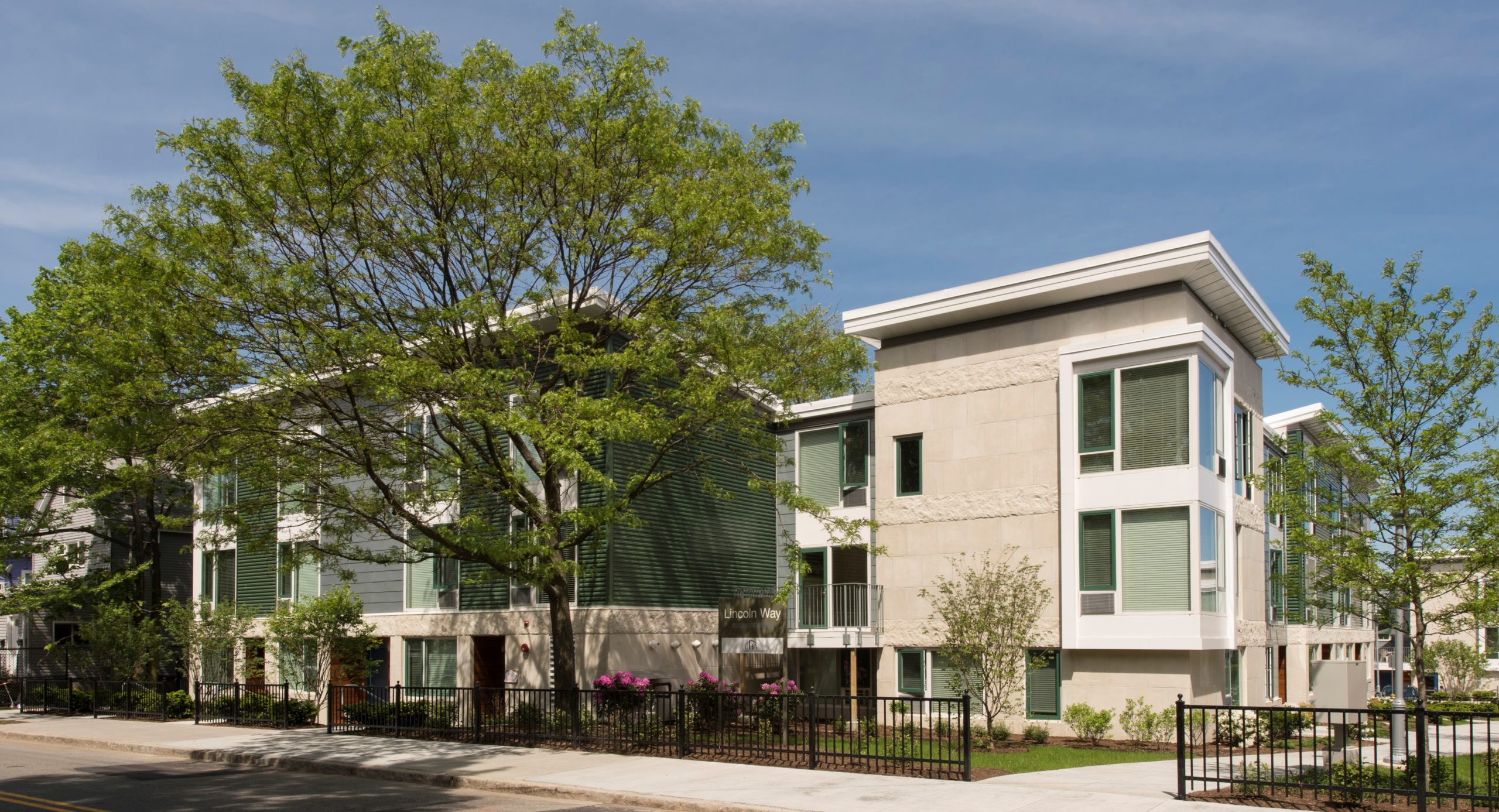
Rethinking Rent
One illuminating insight Williams learned while interviewing housing authority clients was that many were hesitant to earn more money because it would increase their rent payments, which are typically a percentage of income. “The system has made it so that they feel like they’re penalized for working,” she said. But her research showed that a different model can work. The San Diego Housing Commission (SDHC), for example, instituted a rent-reform initiative called Path to Success, which has found ways to encourage residents to boost their earnings. Usually, residents report incomes annually, and their rents are adjusted accordingly. Instead, SDHC has residents report income every two years. Although a seemingly small adjustment, the change allows them to earn higher wages for a longer period before their rent is potentially increased. It serves as an incentive, Valladolid notes, because families can put the extra income toward their households. Path to Success also includes temporary hardship exemptions with provisions that help families work toward financial self-reliance. Residents with an approved hardship exemption who are able to work are required to participate in its free SDHC Achievement Academy. The program offers a computer lab and work-readiness classes on topics such as job interviews and resume writing, as well as financial education classes that cover credit reports, budgeting, and taxes. Since Path to Success was implemented in July 2013, SDHC has seen an increase in residents’ earnings by an average of 32 percent, Valladolid said.“The affordable housing shortage is not a crisis that cities can simply build their way out of. Most housing authorities have waiting lists with thousands of people on them. The government can’t support that.” — Della Williams, FUSE fellow alumSDHC also revamped its version of the Family Self Sufficiency Program (FSS). This voluntary initiative, available at many typical HUD-funded housing authorities, allows families to earn up to $10,000 in an interest-bearing escrow account if they complete a series of educational and employment-related goals in five years. When they complete the program, participants can spend the FSS funds in any way they want. To encourage families to work toward those goals during the entire period the program is offered, rather than just the last two years — which many families appeared to be doing — SDHC shortened its FSS program to two years (though extensions are available in some circumstances). The agency offered other incentives, too. “We also built in financial incentives that are tied to education or work readiness goals,” Valladolid said. “For example, if someone in the family completes a two-year college degree, we’ll give them $100. If they complete a four-year college degree, they will get $250. If they increase their credit score, they’ll get $100. We’ve also seen that the families who are enrolled in our FSS program have a significant increase in their earnings.” SDHC implemented Path to Success and the revamped FSS through the flexibility it has as a Moving to Work (MTW) agency, a program established by HUD. MTW agencies are granted the freedom to try new approaches that make federal housing more affordable, increase housing choices for low-income families, and encourage economic self-sufficiency for residents. SDHC is one of 39 public housing authorities, out of approximately 3,400 nationwide, to receive an MTW designation.
Focus on Youth
Another MTW agency is the Cambridge Housing Authority (CHA), which stands out for its focus on programs for teenagers, an important trend also identified by Williams. John Lindamood, director of resident services and a 25-year veteran of CHA, has shepherded two main programs through his career: Work Force (the one that was formative for Ayesha Wilson), and This Way Ahead, a partnership with the philanthropic arm of clothing retailer Gap. Through this initiative, CHA residents ages 16 to 21 receive 12 weeks of paid training for retail jobs. Those who complete the training successfully can apply for summer internships working at Gap, Banana Republic, or Old Navy stores.
